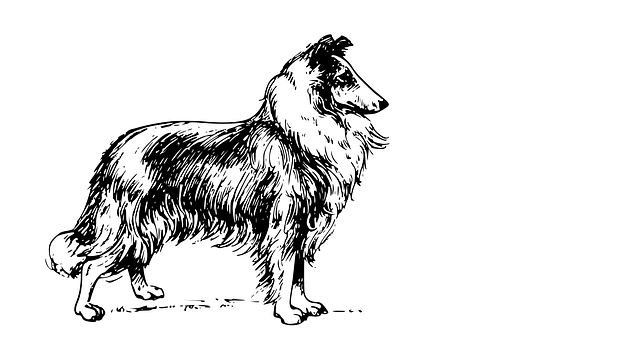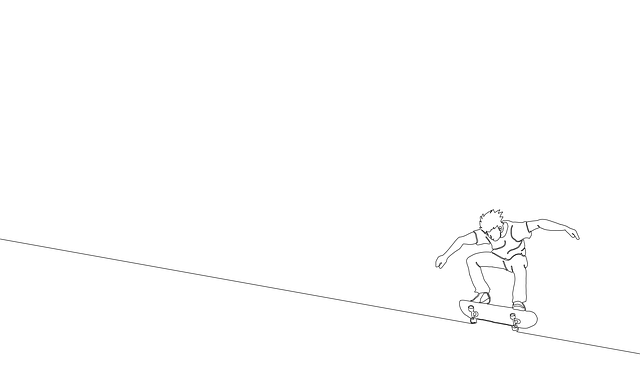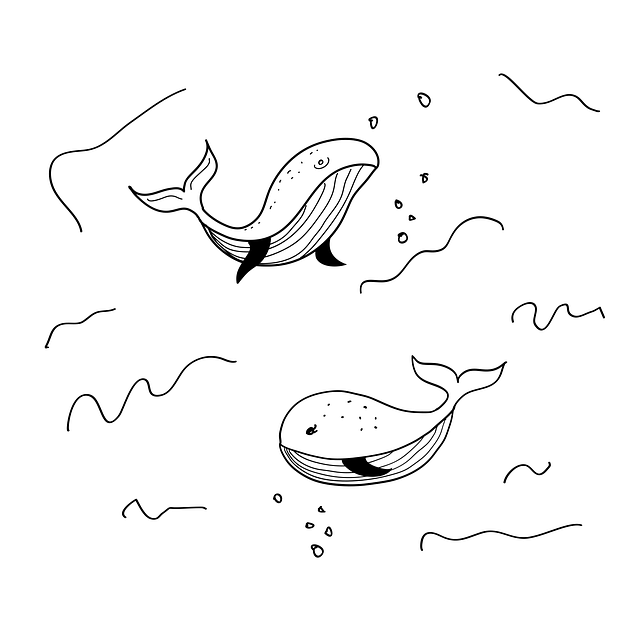Botox is a popular non-surgical treatment for reducing fine lines and wrinkles on the forehead and around the eyes. It blocks nerve signals to muscles, preventing vertical wrinkles between the brows and frown lines. Results last several months with proper care. Early intervention, preventative measures, and choosing qualified injectors are key. Costs range from $150-$400 per session, with limited insurance coverage. Explore alternatives like filler injections, microdermabrasion, or laser treatments for other options.
“Consider Botox for Fine Lines? Uncover the ultimate solution for reducing forehead lines and erasing frown lines with this comprehensive guide. From understanding the science behind its efficacy to exploring real-life before-and-after results, we demystify Botox treatments. Learn about dosage considerations, the non-invasive procedure steps, recovery time, and cost analysis. Additionally, discover alternative treatments for those seeking options beyond Botox. Get ready to transform your skin and regain a youthful glow.”
Understanding Botox for Forehead Lines

Botox has become a popular non-surgical treatment option for those seeking to reduce the appearance of fine lines and wrinkles, particularly on the forehead and around the eyes. When it comes to addressing forehead lines, or glabellar lines (the vertical wrinkles between the brows), Botox works by blocking nerve signals that cause muscle contraction. This relaxation prevents the repetitive motion that forms these lines over time, especially when frowning or squinting.
By injecting a small amount of Botox into specific areas, dermatologists can effectively smooth out the skin’s surface and reduce the depth of wrinkles. The treatment is quick, usually taking just 15-30 minutes, and results are visible within days to a week. For many individuals, Botox offers a long-lasting solution for frown lines and other expression lines, providing a more youthful appearance without the need for surgery or extended recovery periods.
The Science Behind Its Efficacy

Botox, or botulinum toxin, is a protein that relaxes muscles by blocking nerve signals, which leads to reduced muscle contraction. When injected into specific areas of the face, it smoothens out fine lines and wrinkles caused by repeated muscle movements—a common culprit behind forehead lines (glabellar lines) and frown lines (vertical rhytids). This non-surgical approach effectively weakens or temporarily paralyzes muscles, preventing them from pulling on the skin, thus minimizing visible signs of aging.
The procedure targets key areas such as the brow, forehead, and around the eyes, addressing both dynamic (expression-related) and static (laxity-driven) wrinkles. The science behind Botox’s efficacy lies in its ability to disrupt muscle activity, allowing the skin to regain a more youthful appearance. As a result, patients often experience significant improvements in the overall texture and tone of their skin, leaving them with a more relaxed and rejuvenated look that can last for several months with proper care.
Identifying Frown Line Causes and Prevention

Identifying the causes of frown lines and forehead lines is the first step in determining if Botox could be a suitable solution. These wrinkles often form due to repetitive muscle contractions, particularly when making facial expressions like frowning or squinting. Over time, these contractions can lead to dynamic wrinkles that become more pronounced and persistent.
Preventative measures are key to minimizing the appearance of fine lines. This includes maintaining proper hydration, using sunscreen regularly, and adopting a gentle skincare routine. Additionally, reducing environmental stressors like smoke and excessive sun exposure can significantly slow down wrinkle development. By addressing these factors early on, individuals can potentially delay or even avoid the need for Botox treatments for forehead lines and frown lines in the future.
Before-and-After Results: Real Stories

Many individuals seeking a non-invasive approach to combat aging signs turn to Botox for forehead lines and frown lines. The results can be truly transformative, as demonstrated by real patients’ experiences. Before-and-after stories offer tangible evidence of Botox’s effectiveness in reducing fine lines and wrinkles, providing a more youthful appearance.
These personal narratives often highlight significant improvements, with patients noting a substantial decrease in the depth and visibility of their forehead creases and frown lines. The treatment not only smooths out these problem areas but also enhances overall facial harmony, boosting confidence and self-esteem. Real-life examples serve as powerful incentives for those considering Botox as a skincare solution.
Choosing the Right Dosage and Injector

When considering Botox for forehead lines and frown lines, selecting the right dosage and injector is paramount to achieving optimal results. It’s crucial to consult with a qualified healthcare provider who specializes in aesthetic treatments. They will assess your specific concerns, skin type, and overall health to determine the ideal dose of Botox needed to smooth fine lines without causing any adverse reactions.
The right injector plays an equally important role. Look for practitioners certified by reputable organizations like the American Society for Aesthetic Plastic Surgery (ASAPS) or the International Association of Esthetic Medicine (IAEM). Their expertise and experience ensure precise injections, minimizing discomfort and maximizing natural-looking results for both forehead lines and frown lines.
Non-Invasive Procedure Steps and Tips

Botox for Fine Lines Before and After: Non-Invasive Procedure Steps
The process typically begins with a consultation, where a dermatologist or medical professional assesses your skin and determines if Botox is suitable for your specific concerns, focusing on forehead lines and frown lines. During treatment, a small amount of Botox solution is injected into the targeted muscle groups using fine needles. This procedure is generally quick and painless, thanks to topical anesthetics often applied beforehand.
Post-treatment care involves minimal downtime. You may experience some temporary redness or mild swelling, but these side effects usually subside within a few days. It’s important to remember that results vary from person to person, with optimal effects typically visible around 2-4 weeks post-treatment, offering a natural and rejuvenated appearance without the need for invasive procedures.
Recovery, Side Effects, and Longevity

After a Botox treatment for forehead lines and frown lines, it’s important to understand the recovery process. Typically, results begin to appear within 24-72 hours, reaching their full potential around 1-2 weeks post-treatment. During this time, some mild redness or swelling is normal, but these symptoms usually subside quickly. Patients may experience temporary discomfort in the treated areas, but over-the-counter pain relievers can help manage any soreness.
While Botox is generally safe and effective, there are potential side effects to be aware of. These include bruising, headaches, or muscle weakness around the treatment sites. In rare cases, patients may experience more severe reactions. Longevity varies depending on individual factors such as age, lifestyle, and genetics, but Botox treatments typically last between 3-6 months, offering a prolonged period of smoothed appearance before requiring a follow-up session.
Cost Analysis and Insurance Coverage

The cost of Botox treatments for fine lines, particularly on the forehead and frown lines, can vary significantly depending on several factors. Typically, patients can expect to pay between $150 to $400 per session, with some practices offering packages or discounts for multiple sessions. This range takes into account the amount of Botox used, the area treated, and the reputation of the clinic or practitioner. Insurance coverage for aesthetic procedures like Botox is limited and varies by provider and location. Some insurance plans may cover a portion of the cost if the treatment is deemed medically necessary to address specific conditions like chronic migraines or excessive sweating. However, many plans do not cover cosmetic treatments, so it’s essential to verify with your insurer before proceeding.
Exploring Alternative Treatments

If you’re considering Botox for fine lines, especially on your forehead and frown lines, it’s crucial to explore alternative treatments available. Beyond Botox, various non-invasive procedures offer promising results. For instance, filler injections can help smooth out wrinkles by adding volume back into depressed areas, providing a plumping effect that lasts several months.
Another option is microdermabrasion, which gently sands away the top layer of skin to reduce the appearance of fine lines and improve skin texture. Laser treatments are also gaining popularity for their ability to stimulate collagen production and tighten skin. Exploring these alternatives allows you to make an informed decision tailored to your specific needs and preferences, ensuring you find the best solution for addressing forehead and frown lines.
